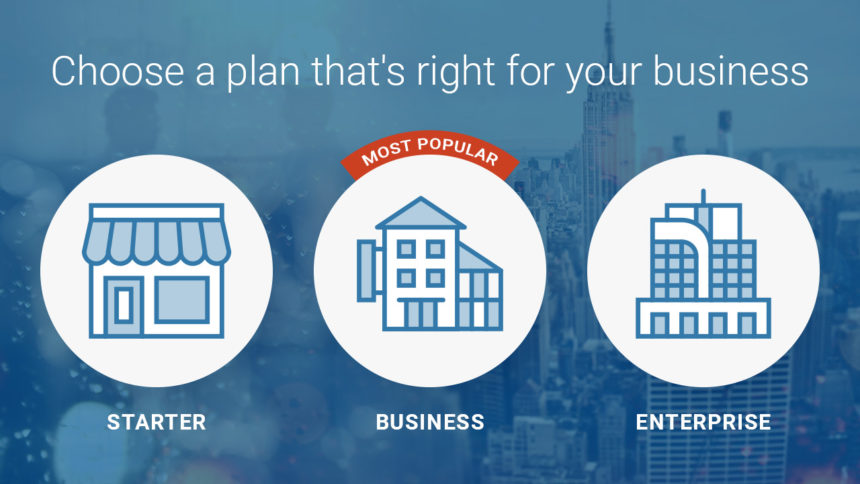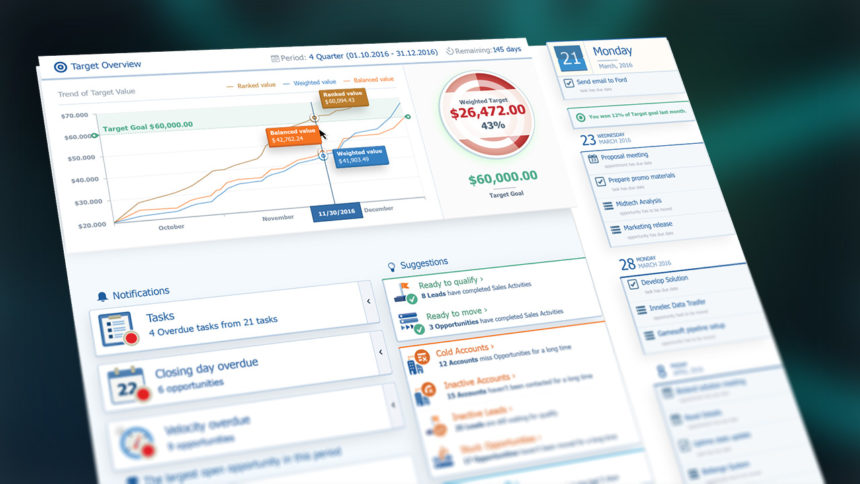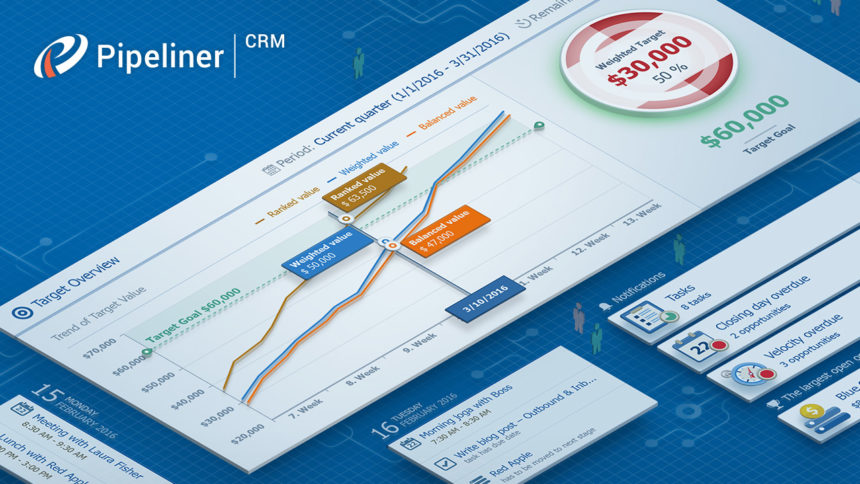As you are aware from our blog posts and our extensive library of ebooks, we at Pipeliner CRM are deeply in-tune with the business of business and the ever evolving needs of the market. In simple terms we are obsessively focused on what our buyers need and want. We are proud and humbly grateful that this focus has been rewarded by our company doubling revenue every year for the past three years and increasingly our customer base massively as a result. After all the greatest vote of confidence is when someone becomes a customer and then goes on to renew time after time, which we have been fortunate to experience and is evidenced by our extremely high renewal and retention rates. The nice thing about success, however, is that it does not allow you to rest on your laurels, rather it drives you to always evolve, innovate and adapt.
One of the biggest by-products of our success has been that we are now attracting potential customers from every market segment. Small businesses are attracted by the ease of use and intuitive nature of the product, mid-market businesses love the unique productivity tools such as Navigator and Insights and Enterprise businesses are discovering our ability to deliver top class services and integrate with their other business-critical systems. As a consequence we decided that the time had come to create multiple versions of our CRM aligned to different market segments and priced appropriately for that segment.
Today we are proud to introduce our new three tiered model for business:
Pipeliner Starter: This version is designed for smaller or less complex businesses and provides them with basic sales management, tracking and collaboration.
Pipeliner Business: This version provides full CRM functionality with advanced reporting features, customization capabilities and all the productivity features unique to Pipeliner CRM.
Pipeliner Enterprise: Designed for the largest and most sophisticated of businesses, this version includes advanced services, customizations and integrations.
For more detailed information click here.
As you can see not only do we have a version that can meet the needs of any business today but our solution can grow and scale along with that business. This is a significant moment in the evolution of Pipeliner CRM and we thank our customers, prospects and partners for continually driving us forward – to state the obvious, we literally couldn’t do this with your support!
Now, of course, we could have stopped here as for most companies this would have been plenty of change at one time but as you have come to know, we are not most companies! No, we are also entrepreneurs (as a look at our bios will show you, especially that of our CEO & Founder Nikolaus Kimla who regularly writes on the subject) and firmly believe that entrepreneurship is foundation of a vibrant, thriving economy and indeed, society. From our experience we know how hard it can be when you start out on your own and there are so many demands on what is often your very limited funds. We also know from experience that if you are not well organized and don’t set your business up with good processes from the start it can be a long, hard road. For any business creating leads and contacts, tracking prospects and turning them into customers is critical to success but for a single person business it can be the difference between building a sustainable business and losing everything.
So as always, we at Pipeliner are here to help. We are now offering a free version of our CRM for a single user that will provide them with basic sales management and tracking functionality plus we are offering an enhanced version for a nominal fee. So now for an entrepreneur, a consultant, contractor, home business operator, indeed student or whoever else needs to bring organization to their daily activities, Pipeliner Personal is available at no cost.
Research has shown that there is an explosion in people leaving traditional employment to branch-out on their own. Remote working is becoming the norm as people locate to places they believe give them a better quality of life and many are choosing to operate as a contractor or consultant for greater flexibility and work/life balance.
At Pipeliner we salute the entrepreneur, the risk taker, those who choose to stand alone and build their own future and with Pipeliner Personal we support them in a very real way.
We would like to thank all of our existing customers as well as those who we have engaged with over the years who may not have become our customers. All of you have helped us arrive at this point where we now have a product for all market segments from the individual entrepreneur to the small business, to the mid-market company all the way to the global enterprise.
And guess what? The journey is only starting!







